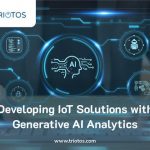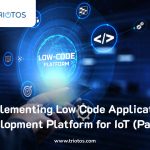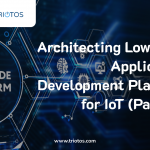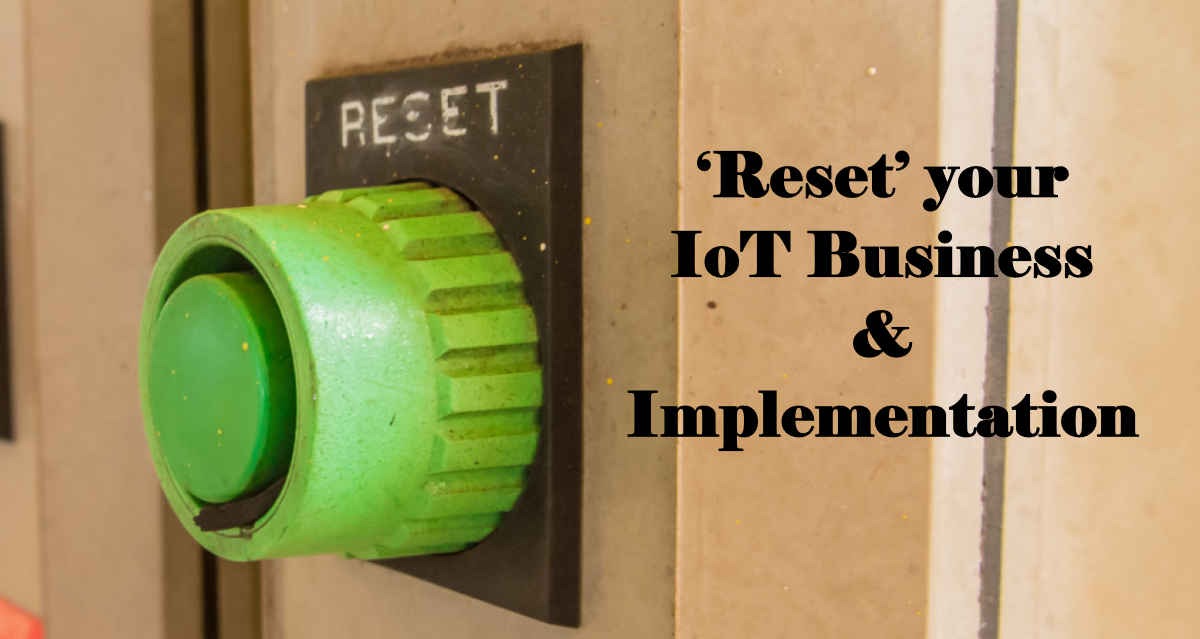
While the word ‘reset’ may have gained a bad reputation in the general sphere its’ meaning remains the same in computing – push the reset button and your system or device will re-boot and return to a functioning state. Many companies that have been in the IoT business for a while wish they could reset their business. Reasons obviously vary – here some examples:
- Has not deliver what was promised:
- New business opportunities, revenue, and profits
- Better understanding business and customer
- More value from collected data
- Cost savings from warranties, support, customer care
- Has become expensive to maintain and support
- Dedicated Engineers
- IT Department
- Computers and Storage
- Software Licenses
- Difficult to upgrade and update
- Uses older technologies
- Overall scalability
Questions often asked are why, what to do and where to start?
Let us start with why?
By now we are used to the steady progress of technologies and software. While these do not happen as fast as we think 5 to 10 years make a substantial difference. In IoT this difference manifests itself on several fronts:
- Things – The steady progress of Moore’s law means that microcontrollers and embedded computing has become more powerful and cheaper. 5 years ago, it was unthinkable to develop battery powered devices with connectivity that would last more than a couple of months. Today that timeframe has become 5 years if the frequency of connection and data volumes are kept low. If a thing is more than 3-5 years old, a new design will support feature and connectivity enhancements.
- Connectivity – Things are happening both on the low end with new BLE standards and at the high end with 5G. The 5G standard even allows for low-speed infrequent communication roaming between 5G networks and satellites put into orbit as we speak. Worldwide universal connectivity will be available next year. More traditional IoT connectivities are becoming faster, cheaper, and less power-hungry.
- IoT (Data Gathering and Processing) Platforms – This is the area that has seen the most amazing changes the last 5-7 years. Seven years ago, there were 100s of IoT platforms vying for customers around the world. Many were startups that fell by the wayside when viable business models failed to materialize. What finally killed most of them off was the introduction of cloud based IoT Platforms from the leading cloud computing suppliers (AWS, Azure, Google and others). This transformed the platform business model from an IoT expense to an IT expense, something companies are used to. The IoT platform competitive space quickly aligned itself with the cloud computing space with AWS IoT Core as market leader followed my Microsoft’s Azure IoT.
- IoT Applications – Given the data orientation of IoT early applications ended up being ‘Data Base’ query driven with results presented in web or mobile apps. Over time the web site way supported by new data base technologies like ‘time series’ and data bases as a service have replaced this restricted environment with data and event storage augmented with specialized application specific storage. The data base is full has given way to better designs for processing, storing, and accessing IoT data and events.
While none of these changes have been ‘revolutionary’, the combined result is that IoT solutions developed and implemented over five years ago are beginning to creak at the seams.
What to do?
It is therefore safe to say that many IoT solutions that were implemented 5 years ago are ripe for partial or complete upgrade. Exceptions are of course highly customized solutions with solid implementations that are resilient to any of the changes describes above. If they work, why fix them? At the same time, it is safe to say that even these solutions will need to be upgraded and pieces replaced during the next five years as the underlying technologies become obsolete and no longer supported by software, hardware, and communications providers. Given this, it is a matter of time before something must be done. Then what is this something?
Where to start?
Nearly all IoT solutions can be separated into for distinct parts; Thing (IoT device), Connectivity, Data Handling/Processing/Storage and Applications. These parts connect and communicate with each other over some type of mechanical, electrical, standards and protocol/API interface. The first task is to describe the four parts and the interfaces at some level of detail, document and put them into a diagram. The result is a systems view of the IoT implementation.
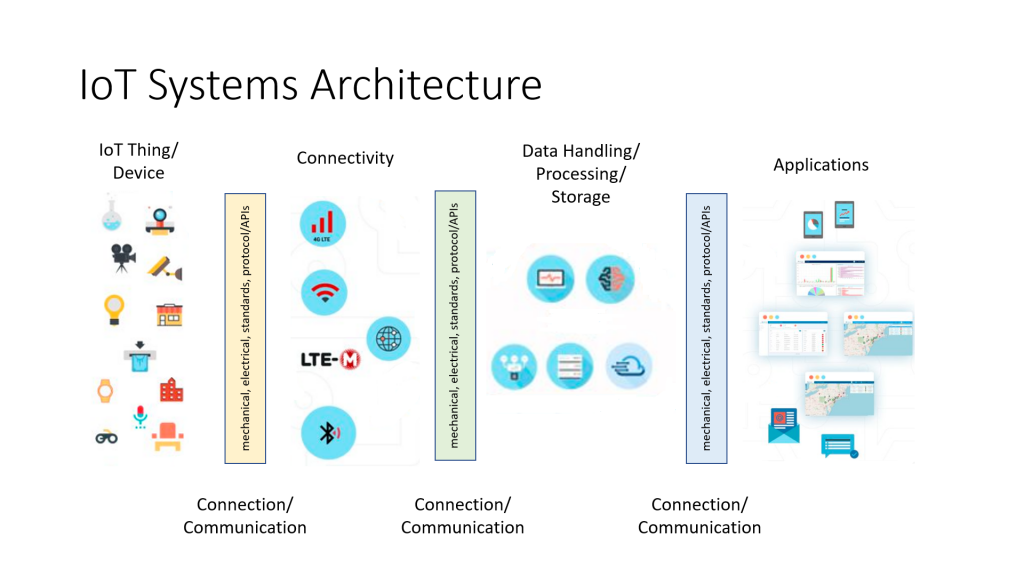
The next task is to assess the status of these interfaces and the IoT parts guided by some key questions:
- Which part is a bottleneck (business, functional, development etc.)?
- Which part is difficult and costly to maintain?
- Which part needs to be upgraded? Why?
- Which parts can be changed without jeopardizing the complete function of the IoT solution?
- What parts need to be changed to meet future market requirements and demands?
The answers to these questions driven supported by the systems diagram will point out shortcomings or gaps in the current IoT implementation and identify the parts of the current IoT solutions that need to be upgraded to support a reset. At Triotos we work with customers to upgrade existing or implementing new IoT solutions using the AWS IoT core cloud computing platform around which we implement new or migrate existing IoT solution components. Using ready built reference solutions and products we can deliver the IoT you need in months instead of years and for <$100k instead of $ millions. To find out more, go to www.triotos.com.


